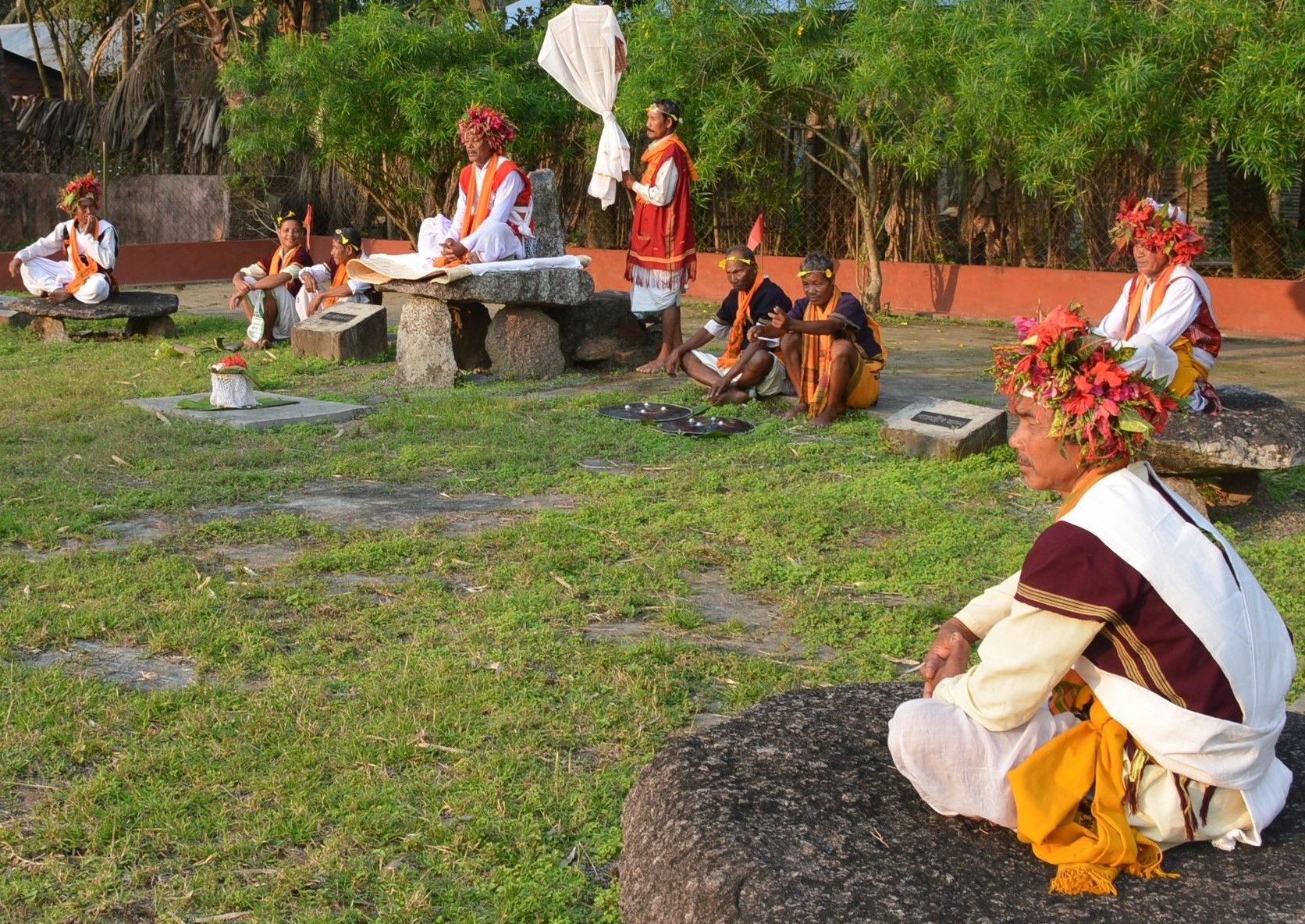Cultural Resource Management of the Dying Ivory Craftsmanship as Reflected in the Wood Carving of Thiruvananthapuram, Kerala
DOI:
https://doi.org/10.7152/jipa.v43i0.14744Abstract
Ivory carving from Thiruvananthapuram, the capital of the Indian state of Kerala, was once appreciated internationally for its outstanding craftsmanship. The origin of the industry can be traced back to 17th century CE or before that, and grew as a full-fledged industry under the patronage of the Maharajas of Travancore from the 19th century onwards. During olden days it was practiced by Brahmins and goldsmiths, and later by carpenters (achary) as well. Though they are very few in number, some craftsmen are now continuing the art on alternative to ivory such as rosewood, white cedar and, even more rarely, sandalwood. After the ban on ivory in 1990, this practice—emblematic of Intangible Cultural Heritage—looked to be on the brink of disappearing. In an example of Cultural Resource Management success, the traditional carvers of Thiruvananthapuram were shifted to sandalwood carving. Presently, sandalwood is a vulnerable species and extremely expensive. In addition to the threats mentioned in the UNESCO Paris convention (UNESCO 2003), some elements of Intangible Cultural Heritage are also disappearing due to the conflict that arises from the cultural use of endangered natural heritage resources. The aim of the current research is to analyze these problems and to formulate fruitful strategies for the safeguarding of the age-old craft with sustainable use of natural raw materials and alternative materials.

